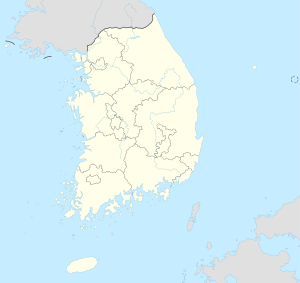An independent city or independent town is a city or town that does not form part of another general-purpose local government entity.

Local government is a generic term for the lowest tiers of governance or public administration within a particular sovereign state.
A prefecture is an administrative jurisdiction traditionally governed by an appointed prefect. This can be a regional or local government subdivision in various countries, or a subdivision in certain international church structures, as well as in antiquity a Roman district.
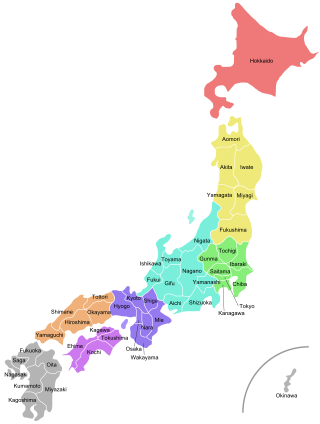
Japan is divided into 47 prefectures, which rank immediately below the national government and form the country's first level of jurisdiction and administrative division. They include 43 prefectures proper, two urban prefectures, one regional prefecture and one metropolis. In 1868, the Meiji Fuhanken sanchisei administration created the first prefectures to replace the urban and rural administrators in the parts of the country previously controlled directly by the shogunate and a few territories of rebels/shogunate loyalists who had not submitted to the new government such as Aizu/Wakamatsu. In 1871, all remaining feudal domains (han) were also transformed into prefectures, so that prefectures subdivided the whole country. In several waves of territorial consolidation, today's 47 prefectures were formed by the turn of the century. In many instances, these are contiguous with the ancient ritsuryō provinces of Japan.
The administrative divisions of China have consisted of several levels since ancient times, due to China's large population and geographical area. The constitution of China provides for three levels of government. However in practice, there are five levels of local government; the provincial, prefecture, county, township, and village.

A district is a type of administrative division that in some countries is managed by the local government. Across the world, areas known as "districts" vary greatly in size, spanning regions or counties, several municipalities, subdivisions of municipalities, school district, or political district.
Korea's provinces have been the primary administrative division of Korea since the mid Goryeo (Koryo) dynasty in the early 11th century, and were preceded by provincial-level divisions dating back to Unified Silla and Balhae during the Northern and Southern States period, in the 7th century.

South Chungcheong Province, also known as Chungnam, is a province of South Korea in the Hoseo region in the southwest of the Korean Peninsula. South Chungcheong borders the provinces of Gyeonggi to the north, North Chungcheong, Sejong Special Self-governing City, and Daejeon Metropolitan City to the east, and North Jeolla to the south.
South Korea is made up of 22 first-tier administrative divisions: 6 metropolitan cities, 1 special city, 1 special self-governing city, and 14 provinces, including three special self-governing provinces and five claimed by the ROK government. These are further subdivided into a variety of smaller entities, including cities, counties, districts, towns, townships, neighborhoods and villages.

The administrative divisions of North Korea are organized into three hierarchical levels. These divisions were created in 2002. Many of the units have equivalents in the system of South Korea. At the highest level are nine provinces and four special municipalities. The second-level divisions are cities, counties, and districts. These are further subdivided into third-level entities: towns, dongs (neighborhoods), ris (villages), and workers' districts.
A capital district, capital region, or capital territory is normally a specially designated administrative division where a country's seat of government is located. As such, in a federal model of government, no state or territory has any political or economic advantage relative to the others because of the national capital lying within its borders. A capital territory can be a specific form of federal district.

Provinces are one of the first-level divisions within South Korea. There are 9 provinces in South Korea: North Chungcheong, South Chungcheong, Gangwon State, Gyeonggi, North Gyeongsang, South Gyeongsang, Jeonbuk State, South Jeolla, and Jeju Special Self-Governing Province.

The Government of South Korea is the national government of the Republic of Korea, created by the Constitution of South Korea as the executive, legislative and judicial authority of the republic. The president acts as the head of state and is the highest figure of executive authority in the country, followed by the prime minister and government ministers in decreasing order.

The mayor of Seoul (Korean: 서울특별시장) is the chief executive of Seoul Metropolitan Government, Seoul being the capital and largest city of South Korea.
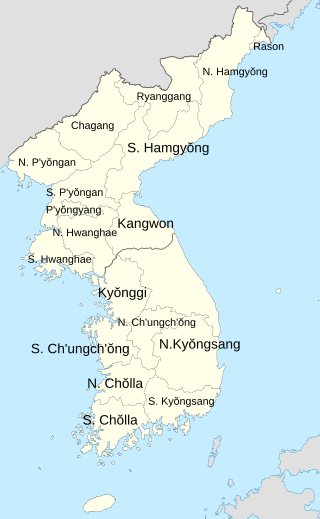
Provinces are the first-level division within North Korea. There are 9 provinces in North Korea: Chagang, North Hamgyong, South Hamgyong, North Hwanghae, South Hwanghae, Kangwon, North Pyongan, South Pyongan, and Ryanggang.
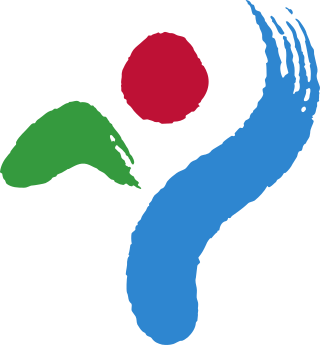
The Seoul Metropolitan Government (Korean: 서울특별시청) is a local government of Seoul, South Korea. The mayor is elected to a four-year term by the citizens of Seoul and is responsible for the administration of the city government. The Seoul Metropolitan Government deals with administrative affairs as the capital city of South Korea. Hence, it is more centralized than that of most other cities, with the city government being responsible for correctional institutions, public education, libraries, public safety, recreational facilities, sanitation, water supply, and welfare services.

Seoul, officially Seoul Special City, serves as the capital of South Korea, and is its most extensive urban center. The broader Seoul Capital Area, encompassing Gyeonggi province and Incheon metropolitan city, emerged as the world's fourth largest metropolitan economy in 2014, trailing only Tokyo, New York City, and Los Angeles, hosting more than half of South Korea's population. Although Seoul's population peaked at slightly over 10 million, it has gradually decreased since 2014, standing at approximately 9.97 million residents as of 2020. Seoul is the seat of the South Korean government.
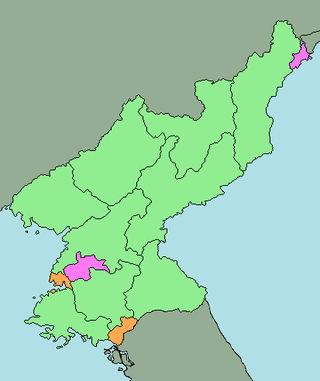
Special cities are one of the first-level administrative divisions within North Korea. There are four special cities in North Korea.
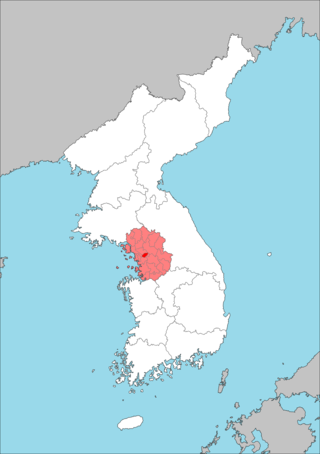
Keiki-dō, alternatively Keiki Province, was a province of Korea under Japanese rule. Its capital was at Keijō (Seoul). The province consisted of what is now the South Korean territories of Seoul and Gyeonggi, as well as parts of what is now southern North Korea.
